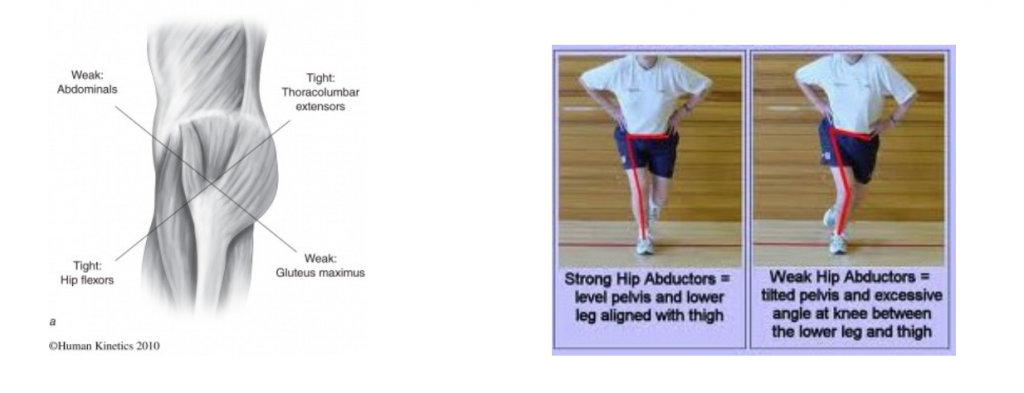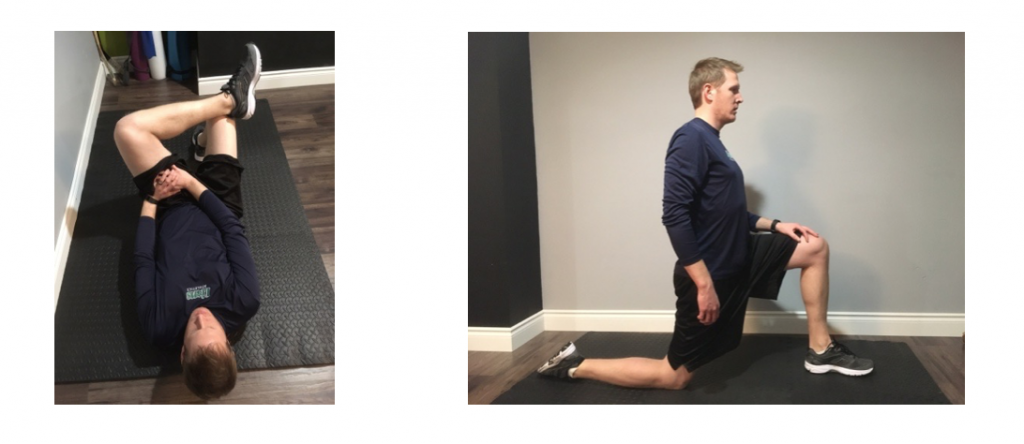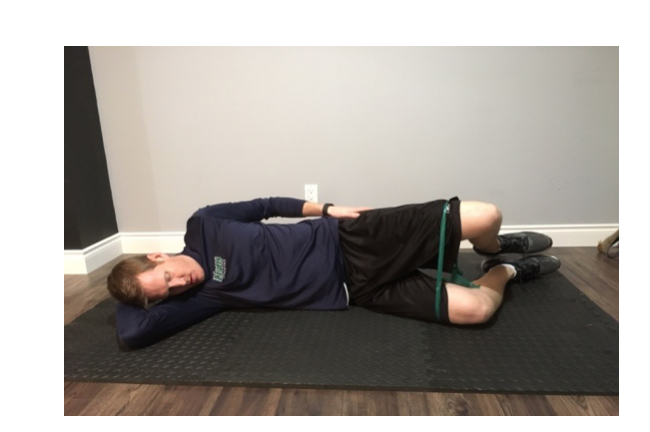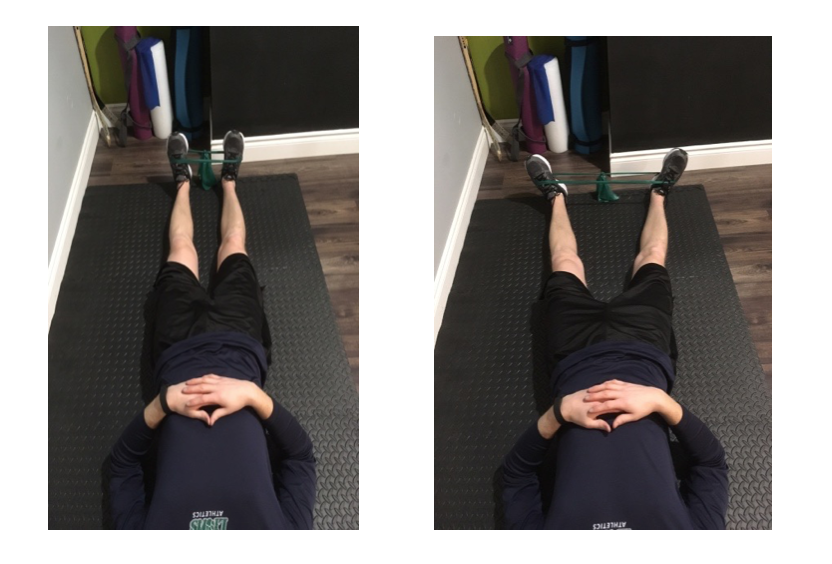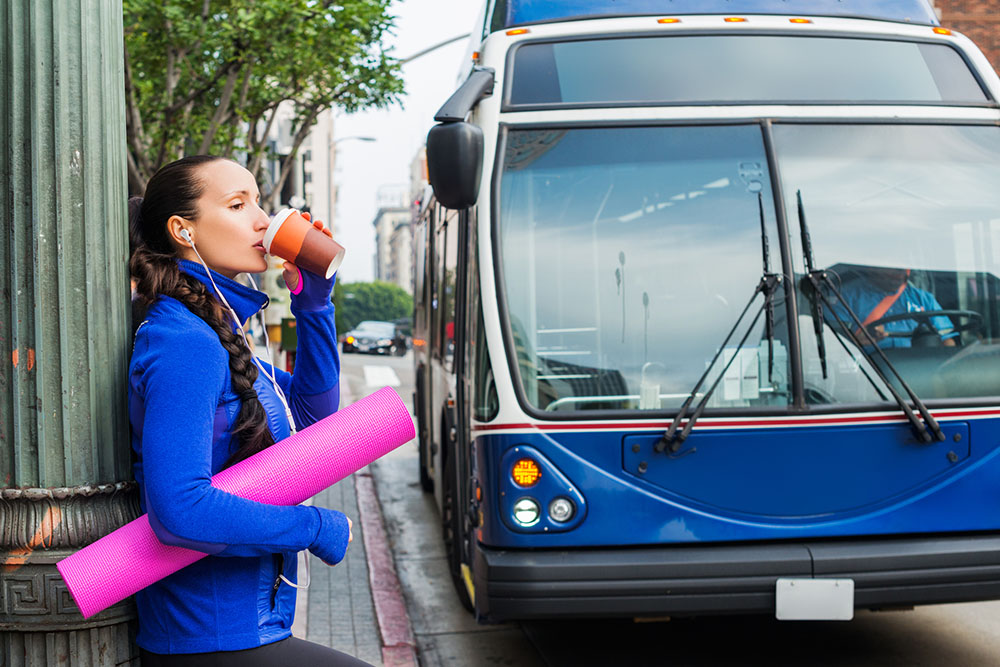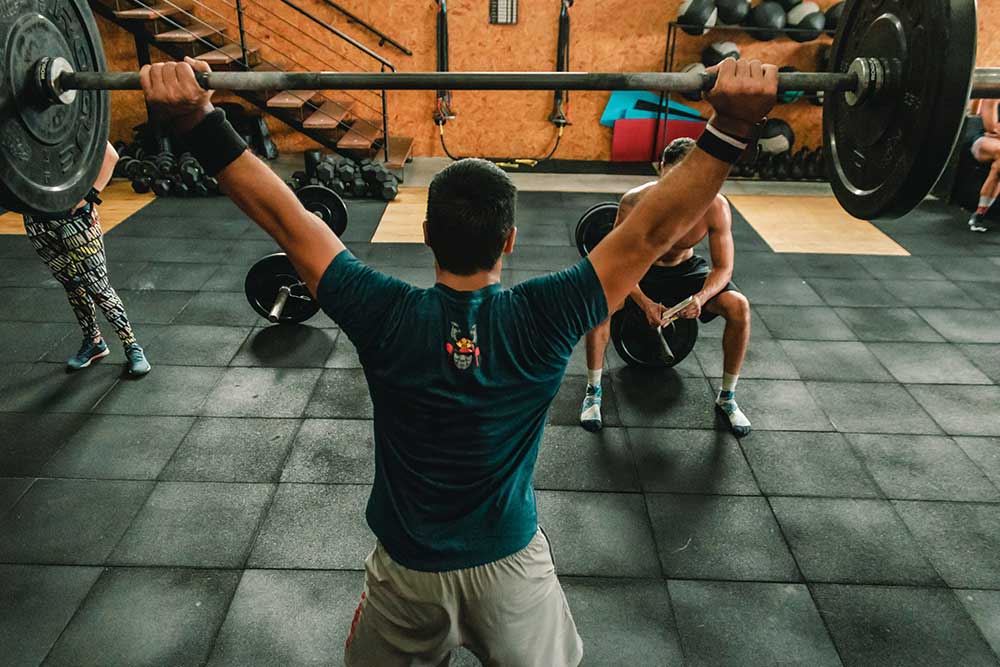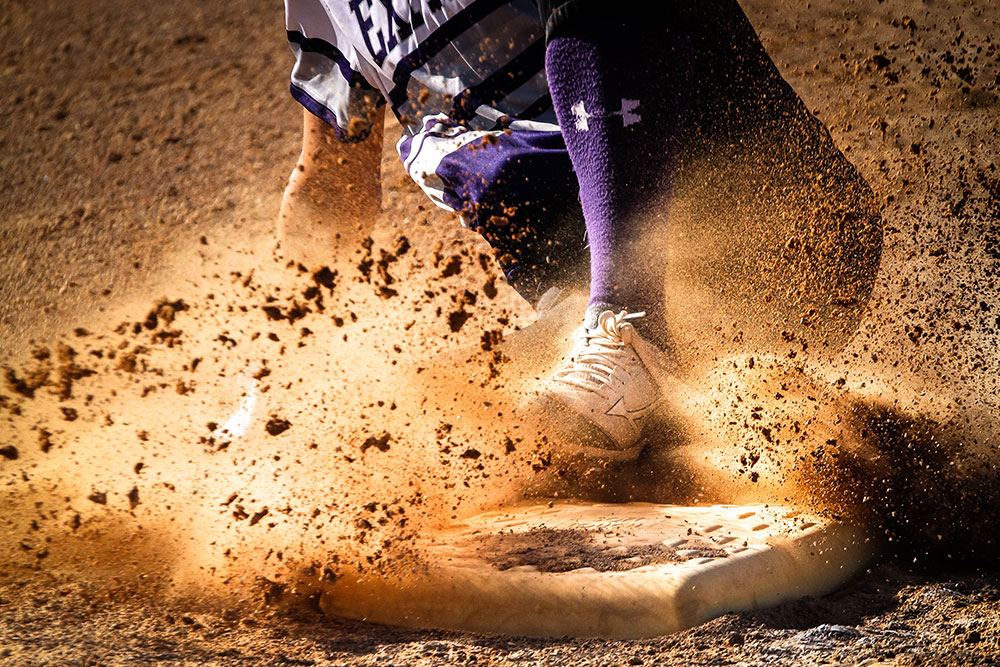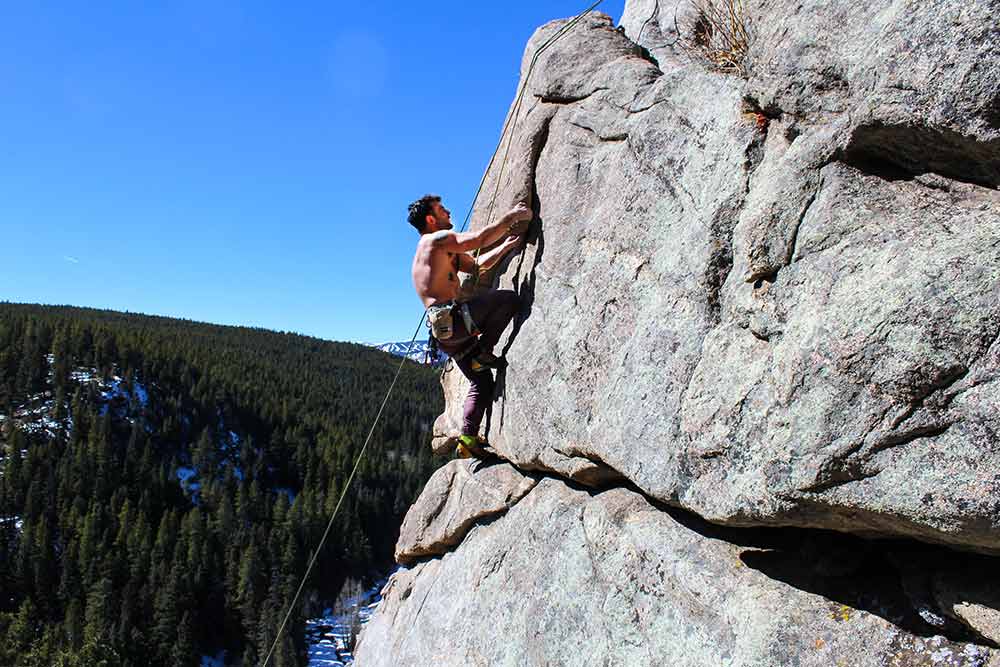5 Hip Exercises For Prevention And Performance
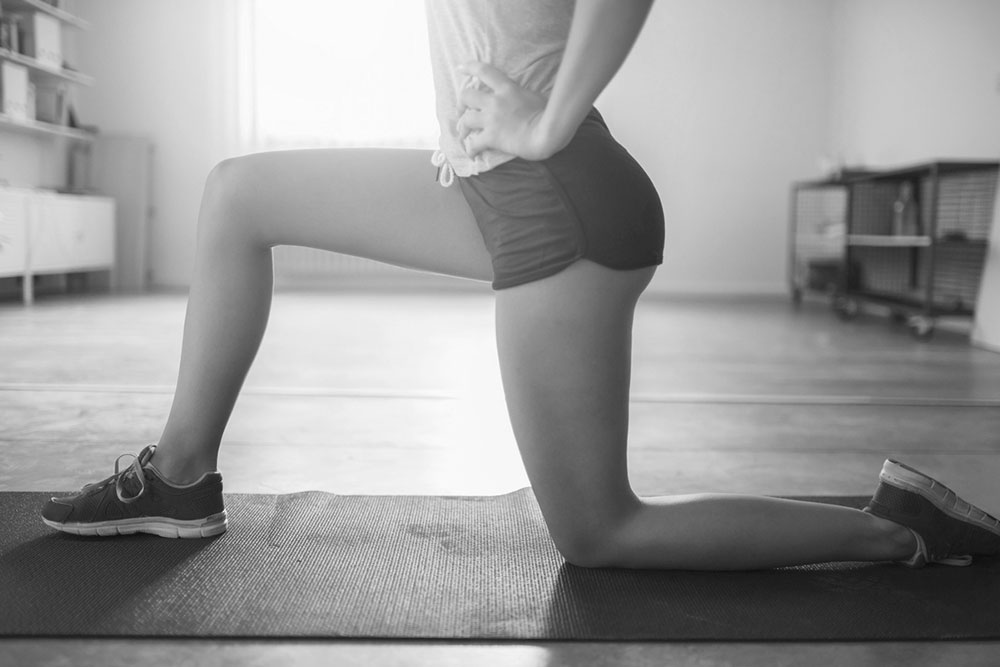
Ryan Cross – B.A. Hons (Kin), MScPT, FCAMPT
Registered Physiotherapist at CBI Physiotherapy and Rehabilitation Centre in Sarnia, Ontario, Canada
The hip joint has implications in a number of injuries and can contribute to decreased performance. Improving mobility and strength in the hip area can have a positive effect on treatment of an injury and getting to the next level of your workout. Understanding the influence of the hip on the kinetic chain is important when developing treatment plans and exercise regimes. A physiotherapist (or trainer, coach, etc.) can assist in identifying which exercises are appropriate, help you perform proper techniques, and guide progressions. There are countless exercises for the hip; seek professional guidance if these exercises are making your pain worse.
Related Article: It’s All In The Hips
Muscle Imbalance
As a population we spend a lot of time in the sitting position; this can lead to a shortening of the hip flexor muscles on the front of the hip and weakness of the muscles on the back of the hip. Other postures and movement patterns can lead to this pattern of muscle imbalance and is commonly referred to as “lower crossed syndrome.” Muscles that tend to be too tight are the iliopsoas and tensor fascia latae.
Muscles that tend to be weak include the gluteal muscle group (gluteus medius/minimus, gluteus maximus). Weakness in the gluteal muscle group can also have an effect on the entire lower extremity and positioning of the knee and foot. The gluteal muscle group plays a role in keeping the hips and pelvis steady during weight bearing activities. In addition, this will help keep the knee and lower extremity in good position. A plan to address these muscles imbalances with adequate hip mobility and strength can help avoid issues in the lower back, hip and knee regions.
Mobility
The hip joint allows a wide range of movement in multiple directions and so a restriction in any motion will force joints above and below to compensate. Since the hip joint is a ball and socket type joint, distraction can help improve general mobility. It is important to increase flexibility of the hip flexor muscle group to avoid issues related to these common muscle imbalances. To keep the hip joint moving properly, try these mobility exercises.
Self Distraction
-Cross foot over knee
-Push hip down with hands
-Hold 15 seconds as tolerated
Hip Flexor Stretch
-Kneel on side to be stretched
-Rotate pelvis posteriorly (Think about moving your belt buckle toward your belly button)
-Lean forward, pushing forward at the hip
-Hold 15 seconds as tolerated
Related Article: Improve Performance With Mobility Training
Strengthening
To correct muscle imbalances around the hip, it is important to target the gluteal muscles for strengthening, specifically gluteus medius and minimus. When these muscles are weak, there is a tendency for the patient to use the hip flexor muscle group as compensation instead of the glutes. Some exercises have been identified as specifically targeting the gluteal muscles with less activation of the hip flexor group (Selkowiz et al. 2013). Using rubber bands can be a useful tool in targeting this muscle group. Clinically, exercises that target the glutes include the clam shell, banded side stepping, and banded bilateral hip abduction with downward pressure into floor (Snow Angel).
Clam Shell
-Side lying with knees bent and feet together
-With a band tied around just above the knees, slowly lift the top knee, keeping the feet together (can be done without band)
-Be careful not roll backwards
-Hold 10 seconds; repeat 10 reps
Side Stepping
-Tie band around just above the knees
-Step to the side and slowly bring opposite leg to about half way
-Continue side stepping 10 steps, then return using the opposite leg as the lead
Snow Angel
-Tie band around your feet
-Point toes out by turning the whole leg out
-Push heels into the floor as you stretch the band apart
-Hold 10 seconds; Repeat 10 times
The hip is an important component of the lower kinetic chain. Dysfunction in the joint or surrounding muscles can have an effect on areas above and below the hip. These exercises can be a useful start to working on the hipsA physiotherapist can appropriately assess and treat the specific limitation that are involved and guide the treatment plan to get you back in the game.
Related Article: When You Should Go See A Physical Therapist
References and Photo Credit:
Selkowitz, David M., George J. Beneck, and Christopher M. Powers. “Which exercises target the gluteal muscles while minimizing activation of the tensor fascia lata? Electromyographic assessment using fine-wire electrodes.” journal of orthopaedic & sports physical therapy 43.2 (2013): 54-64.
https://wiserunning.files.wordpress.com/2014/01/weak-gluteus-medius-2.jpg
http://www.physio-pedia.com/Lower_crossed_syndrome
You Might Like:

